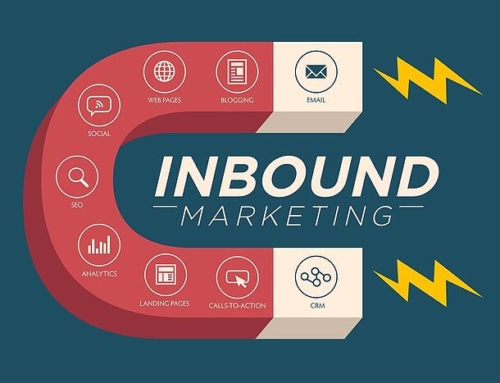Plan and Execute an Effective Inbound Marketing Campaign
Maybe you’re not very familiar with inbound marketing or how to run a good inbound marketing campaign. While the term, “inbound marketing” may be a bit newer and you may be unfamiliar with it, it’s not a difficult concept.
Inbound marketing is simply a type of marketing with a focus on educating and attracting leads interested in a specific topic instead of interrupting them using traditional marketing tactics.
The concept is rather simple, but the execution isn’t so simple. An effective inbound marketing campaign includes many moving parts. Here are a few tips to help you set up and execute your inbound marketing campaign.
Figure Out your Elements
Part of the reason inbound marketing can be so complicated is the number of elements you can use to create your campaign. Some of the possibilities include:
- Social media
- Blogging
- Video content
- Webinars
- Podcasts
- Email Marketing
- And More!
Social media, alone, provides multiple channels to choose from for your strategy.
Set up Tracking, Goals and a Deadline
If you want to achieve success with any marketing campaign, it needs to be tracked and goals need to be set. It’s also a good idea to have a deadline. At the deadline, you can evaluate your marketing and make adjustments.
You will want to use some type of tracking to understand how well the marketing is working. This will also help you to see which elements are working well and which elements are not. For example, if part of your inbound marketing includes blogging three times a week and you share those blog posts on five social media channels, tracking may show you that one of the social media channels isn’t bringing you any traffic, while another is bringing you a ton of traffic.
By tracking your inbound marketing campaign, you will be able to make adjustments. As previously mentioned, it’s important to have good goals set for your campaign with deadlines. You may wish to consider SMART Goals. SMART is an acronym for Specific, Measurable, Achievable, Relevant and Timely. SMART Goals give you a target to shoot for and should stretch you, but should be realistic.
Choose Relevant Topics
Just about every inbound marketing campaign will include blogging and social media. You need to understand your target audience well enough to choose relevant topics for your blog.
In fact, your entire inbound marketing campaign will revolve around creating content that appeals to your Buyer Persona. Simply put, a Buyer Persona is an actual representation of an ideal client based on both research and existing customer data.
While it makes no sense for a plumbing company to blog about a fashion topic, it does make sense to blog about things you shouldn’t use to unclog a toilet. When you know your audience, it’s much easier to choose relevant topics to help attract visitors to your website.
Nurture New Leads
When a lead comes into your campaign, your marketing efforts don’t end. You need to guide the new lead through the sales cycle, often referred to as the Buyer’s Journey. Relevant follow-up emails may help nudge a lead from the awareness stage to the decision stage so your sales team can take over.
End your Campaign and Pour Over the Numbers
Since you set a deadline for your inbound marketing campaign, you will need to end it and look at the numbers. It’s important to understand the number of views/visitors you received, how many turned into leads and how many became customers. It’s also important to look at where they came from.
With the right tracking, you will have all the information you need to adjust and create an even more effective inbound marketing campaign. After adjusting, you can run a second campaign and repeat the process. This may just lead you to the most effective inbound marketing strategy, which can become an integral part of your overall marketing plan.










